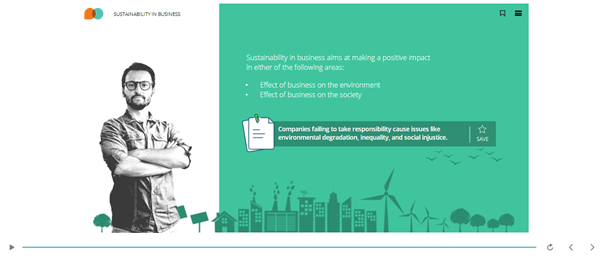
We envisioned the framework as a set of building blocks which could be combined in multiple ways to tell almost any impact story, each shedding light on the complex interactions between research, policy and practice There is no fixed hierarchy or linear sequence inherent in this typology, and all have value in their own right, although the last two, process-based impacts may make other sorts of impacts more likely.Īsking ‘ How do we know?’ leads towards gathering of evidence, including recognition of telling indicators of change. The five impact types are:ġ) Instrumental: changes to plans, decisions, behaviours, practices, actions, policiesĢ) Conceptual: changes to knowledge, awareness, attitudes, emotionsģ) Capacity-building: changes to skills and expertiseĤ) Enduring connectivity: changes to the number and quality of relationships andĥ) Culture/attitudes towards knowledge exchange, and research impact itself There are: five types of impacts five broad categories of stakeholders and eight causal factors, along with a set of over-arching questions.įrom previous impact evaluations and other research, we had found that providing a range of impact types to consider often makes people feel ‘liberated’ and ‘authorised’ to go beyond conventionally-sought instrumental changes when searching for their impacts. Impact Evaluation Framework ‘Building Blocks’ What are the building blocks? The audience seemed to appreciate our main messages of dynamics – in terms of multi-directional interactions unfolding in varying sequences – and heterogeneity – in terms of impact types, causes and stakeholders – as an alternative or complement to conventional linear logic models that tend to dominate the field of impact evaluation. In fact, when we gave a demo at the 2019 UK Knowledge Mobilisation Forum, we represented each component with different wooden tiles (fitting for work with a forest research agency!) and then used them to tell two contrasting impact case study narratives, showing how we could manipulate the tiles into different configurations to reveal the relationships between them. We envisioned the framework as a set of building blocks which could be combined in multiple ways to tell almost any impact story, each shedding light on the complex interactions between research, policy and practice. Analysis of this exercise indicated that the components of the framework were sufficiently clear and comprehensive for researchers and stakeholders to understand and use in constructing a range of very different narratives.
#IMPACT IN STORYWRITING FULL#
Working with the draft framework made it possible to produce a dozen full impact case studies from initial observations. To undertake this almost contradictory challenge, we developed a new evaluation framework that we tested across multiple projects in a pilot exercise. A new evaluation framework: building blocks The initiative identified an additional challenge: that of demystifying and operationalising impact evaluation in a coherent and accessible way that nonetheless allows for diversity, subtlety and uncertainty. In addition to programme activities such as training workshops and small-group conversations, the initiative identified an additional challenge: that of demystifying and operationalising impact evaluation in a coherent and accessible way that nonetheless allows for diversity, subtlety and uncertainty. This mission stemmed from a 2012 external impact evaluation which recommended directing attention toward helping researchers generate and record impacts. With this in mind, Forest Research, the government research agency that supports the UK forestry sector, has committed to promote a culture of knowledge exchange and interdisciplinarity in its research. The increasing pressure placed upon research organisations of all kinds (not just universities) to demonstrate impact is often passed along to researchers and research managers without the support of an accompanying cultural change within the institution. These building blocks are five types of impacts five broad categories of stakeholders and eight causal factors, along with a set of over-arching reflective questions.


#IMPACT IN STORYWRITING HOW TO#
At a loss for how to demonstrate impact? Laura Meagher and David Edwards outline a dynamic understanding of impact evaluation comprised of ‘building blocks’.


 0 kommentar(er)
0 kommentar(er)
